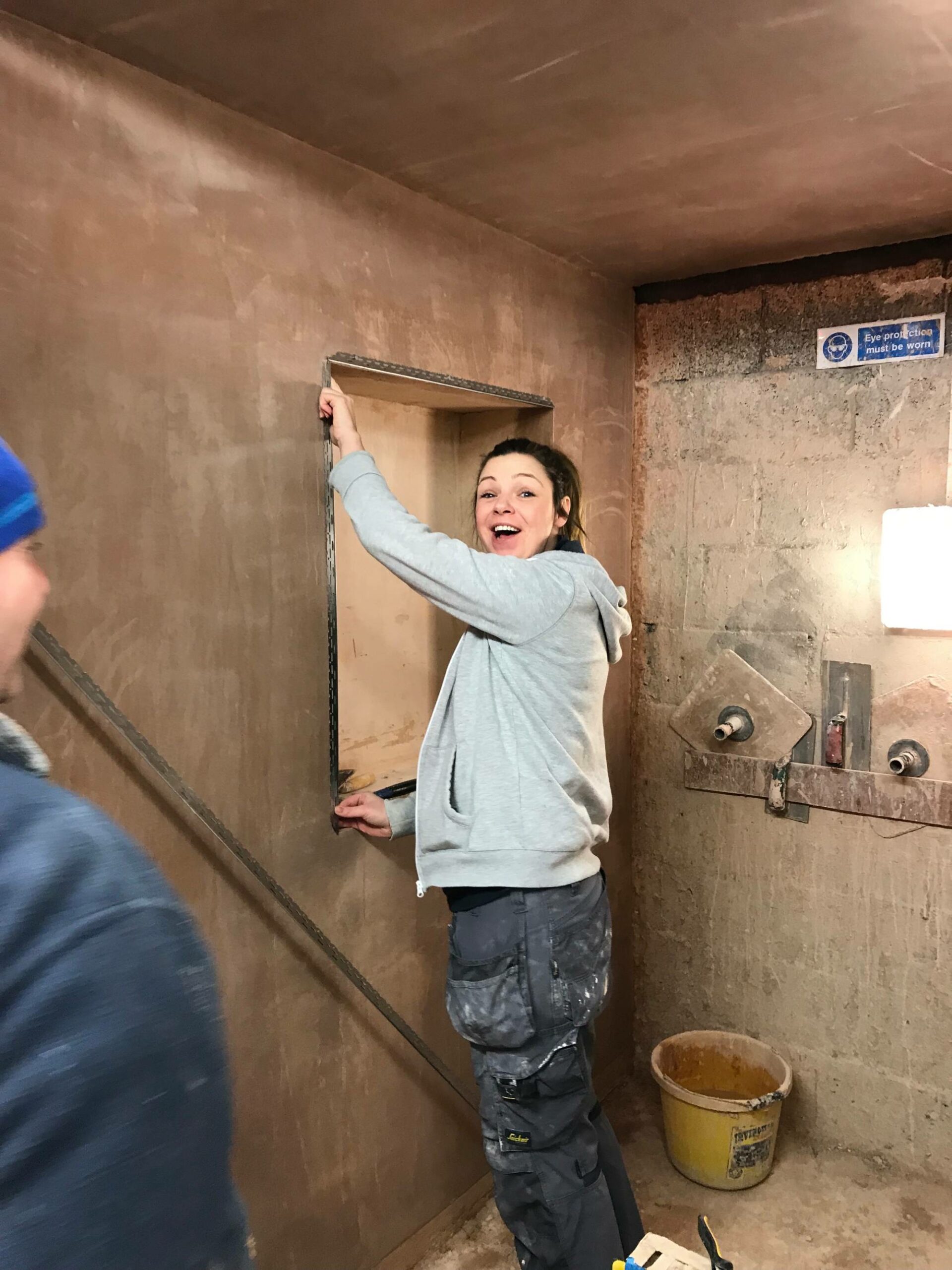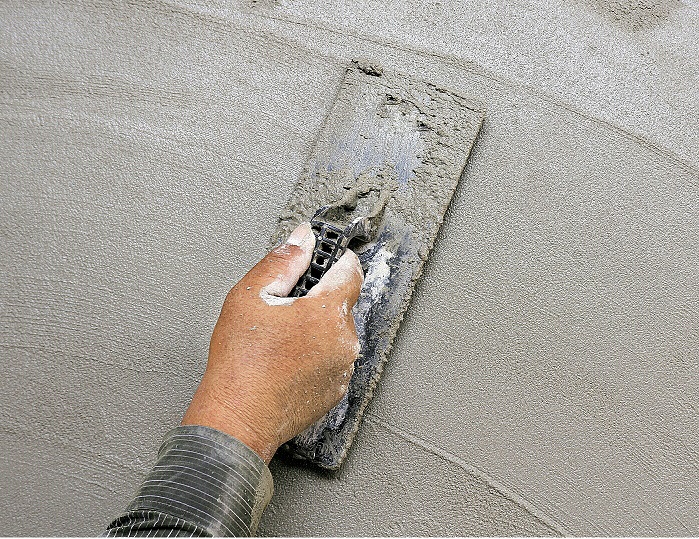Specialist Tips for Perfect Plastering: Accomplish a Remarkable Complete Every Time
A Comprehensive Guide to Learning Plastering Abilities for Your Remodelling Demands

Essential Devices and Materials
Various vital tools offer unique objectives, guaranteeing efficiency and precision throughout the smudging process. A high-grade trowel, for instance, is important for applying and smoothing plaster, while a hawk provides a secure platform for holding the product.
In enhancement to tools, picking the ideal plastering materials is important. Gypsum-based plasters are commonly liked for their versatility and convenience of usage, while cement-based choices are excellent for outside applications due to their resilience. Water and bonding agents play substantial duties in attaining correct uniformity and bond, making certain that the plaster sticks efficiently to the surface area.
Furthermore, protective gear such as masks, gloves, and safety glasses is necessary to guard against dirt and irritability throughout the application process. By putting together the ideal mix of tools and products, plasterers can enhance their ability and create premium coatings, inevitably elevating the total workmanship of their work.
Preparing Surfaces for Smudging
Achieving a durable and smooth plaster coating begins with careful prep work of the surfaces to be plastered. This fundamental action is critical to guaranteeing attachment and the durability of the plaster. Begin by assessing the condition of the substratum-- whether it is concrete, drywall, or masonry-- eliminating any kind of loose paint, dirt, or debris that might interfere with bonding.
Following, repair any flaws such as holes or cracks. Utilize a suitable filler to achieve a degree surface; this can be important for stopping future problems. When fixed, guarantee the surface is clean and completely dry, as moisture can endanger plaster adherence.
For permeable surfaces, it is a good idea to use a bonding agent. This product boosts bond and creates a trusted interface between the plaster and substrate. If working with formerly plastered surfaces, it might be required to scuff or sand the area lightly to supply a key for the brand-new plaster layer.
Gluing Methods and Tips
Grasping plastering methods calls for both skill and practice to achieve a remarkable finish. One vital technique is the application of the plaster in numerous slim layers, instead than a single thick layer.
When using the finish layer, use a shoveling technique that entails holding the trowel at a slight angle and functioning in a round movement. This assists to produce a smooth surface and decreases the appearance of trowel marks. Additionally, keep a spray container of water useful to mist the surface area gently; this keeps the plaster convenient and enables smoother completing.
Timing is important; job efficiently, as the plaster starts to set. Once the plaster has tightened but is still moist, utilize a wet sponge to gently smooth the surface area better. Finally, allow ample drying time prior to sanding or painting, ensuring your difficult work leads to a professional, top notch finish.
Usual Blunders to Prevent

One more typical mistake is applying plaster too thickly. Overzealous applications can lead to breaking and extended drying out times. It's vital to apply plaster in thin, even layers, permitting each coat to dry appropriately before adding a lot more.
Additionally, not utilizing the right tools can prevent the quality of the coating. Utilizing improper trowels or mixers can produce inconsistencies in the smudging procedure. Constantly choose top quality devices made for gluing tasks.
Finally, many individuals undervalue the importance of timing. Working in unsuitable temperatures or humidity degrees can adversely influence plaster drying out and healing. It is recommended to inspect weather and adapt your timetable accordingly.
Completing Touches for a Professional Look
The lasts of a plastering job are vital for achieving a refined, expert appearance. As soon as the plaster has actually dried adequately, the next action is to evaluate the surface area for blemishes. Small bumps, openings, or irregular areas should be attended to using fine sandpaper or a sanding block. This meticulous attention to detail is crucial for making certain a smooth coating.
After sanding, it's a good idea to clean the surface area to remove any kind of dirt and debris. A wet towel works for this function, complied with by a complete drying out duration. If needed, applying a company website thin layer of ending up plaster can boost the surface better, giving a smooth finish.
Once the ending up plaster is completely dry, one more round of fining sand may be needed to accomplish the preferred level of smoothness. Finally, consider applying a primer before paint or wallpapering, which will certainly enhance attachment and sturdiness.
Conclusion
Mastering smudging skills significantly improves the high quality of renovation tasks. A detailed understanding of essential tools, surface prep work, and effective methods is important for achieving specialist outcomes.
Water and bonding agents play substantial functions in attaining appropriate consistency and attachment, making sure that the plaster sticks properly to the surface area. Plastering.


Furthermore, keep a spray container of water helpful to mist the surface lightly; this maintains the plaster practical and permits for smoother completing. (Plastering)
If essential, applying a slim layer of completing plaster can improve the surface area further, offering a smooth finish.